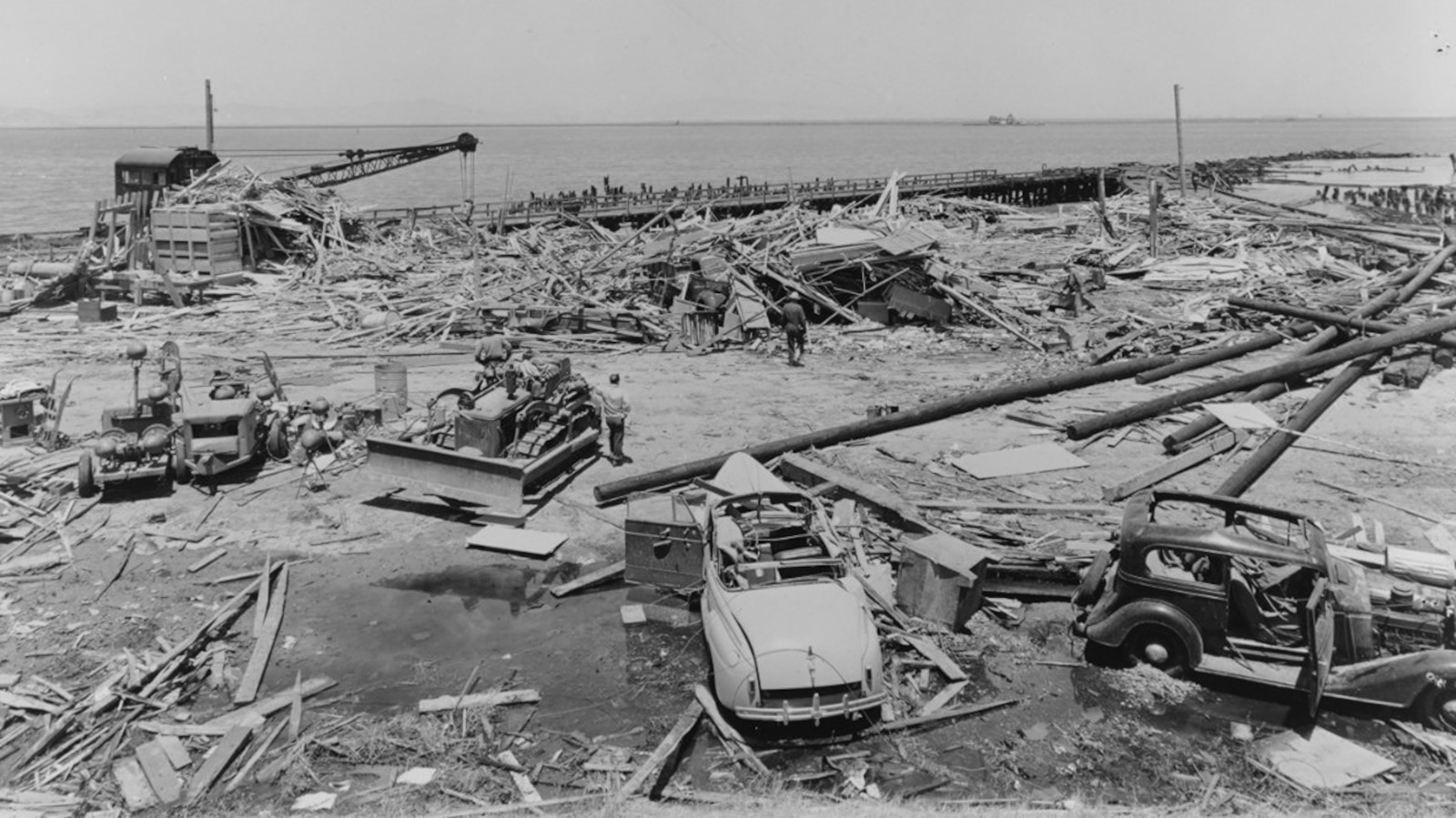Background on the disaster.
https://en.wikipedia.org/wiki/Port_Chicago_disaster
The black enlisted workers were specifically selected to be the dumbest and least competent:
None of the new recruits had been instructed in ammunition loading.
At NSGL, the enlisted African Americans who tested in the top 30% to 40% were selected for non-labor assignments. Port Chicago was manned by workers drawn from those remaining. The Navy determined that the quality of African American petty officers at Port Chicago suffered because of the absence of high-scoring black men
The Navy’s General Classification Test (GCT) results for the enlisted men at Port Chicago averaged 31, putting them in the lowest twelfth of the Navy.
The white officers in charge had no training with munitions, and refused to train the men:
Prior to his being sent to command Port Chicago, Kinne had no training in the loading of munitions and little experience in handling them.[12] Loading officers serving underneath Kinne had not been trained in handling munitions until they had been posted to Mare Island Navy Yard, after which they were considered adequate to the task by the Navy.
Later the International Longshore and Warehouse Union (ILWU) responded to word of unsafe practices by offering to bring in experienced men to train the battalion; the Navy leadership declined the offer,[16] fearing higher costs, slower pace, and possible sabotage from civilian longshoremen.[17] No enlisted man stationed at Port Chicago had received formal training in the handling and loading of explosives into ships.
Finally, a civilian plumber working right before the explosion described the poor conditions:
While at work he witnessed a man accidentally drop a naval artillery shell two feet onto the wooden pier, but there was no detonation. Carr waited until the African-American winch operator tested the repaired winch and then left the pier, thinking that the operation appeared unsafe.
The explosion:
At 10:18 p.m., witnesses reported hearing a noise described as “a metallic sound and rending timbers, such as made by a falling boom.”[26] Immediately afterward, an explosion occurred on the pier and a fire started. Five to seven seconds later[16][30][31] a more powerful explosion took place as the majority of the ordnance within and near the SS E. A. Bryan detonated in a fireball seen for miles. An Army Air Forces pilot flying in the area reported that the fireball was 3 mi (4.8 km) in diameter.


